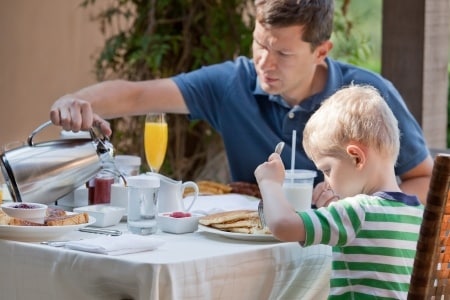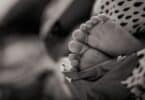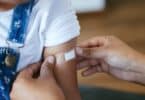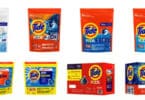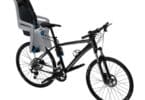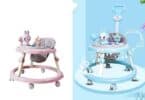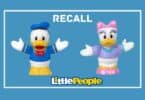Matches and candles are the known dangers, but did you know your morning coffee could also be a potential burn threat to your kid? Curtis Ryun, a registered nurse, says there are many commonly used household products that children under five need to be kept away from to prevent scalding and burns, something parents may forget about.
Curtis, a nurse and educational outreach coordinator at the Legacy Oregon Burn Centre told Oregon Live a fresh-brewed coffee, pan with hot cooking oil or leaving a bath running have all been the reason why some kids under five have needed to visit the centre, with on toddler needing care just last week for pulling a coffee pot onto himself.
Ryun said that scalding is the biggest cause of burns for children under 5, and almost one third of the patients coming to the burn center. He adds that such scalding happens quite commonly and can also be fatal.
Most commonly the children coming at the centre have burns because they pulled a tablecloth with a cup of hot beverage kept on it or they pulled the cord of an equipment, their parents did not even know they could reach. This could be a pot, fryer etc.
Additonally, parents need to remember that what is mildly hot for an adult could be very hot for a toddler.
“Kids burn deeper and quicker at lower temperatures than we do because they have thinner skin,” Ryun said. It takes one second of exposure to 156-degree water to cause a severe burn for an adult, he said. For a child? “It’s instantaneous.”
He offers some tips to parents like keeping appliance cords coiled up and hidden behind the appliance. He also advises to install screen or guards on the glass doors of fireplaces so that the little toddler hands are not burnt touching the glass.
The bath water of the infant should not be more than 100 degree Fahrenheit and caregivers should never warm a baby’s bottle in a microwave. The hot spots that form in the liquid may scald the baby’s throat and cause the airway to swell. When heating a packet, the nurse advises to keep the face away when opening it as there may be hot steams that come out of it and may scald the face.
Ryun suggests using a back burner and keeping the handles of the pots turned away from the counter.Parents should also install safety products like guards and handles that are designed to keep children safe from burns.
Hot water heater should not be hotter than 120 degrees Fahrenheit. It is also advisable to test the water out of the faucet with a thermometer. Never leave a child unattended in a bath.
Ryun also warns that scalding is a common burning cause but children are often also burnt due to fireworks, chemicals and the sun.
It is safer if children are supervised when using sparklers and ask them not to point them at others. A safe perimeter around campfires and backyard fires is advisable. Also, laundry detergent pods, cleansers and other chemicals should be out of reach of children as they are easily attracted to them.
Ryun adds it is good to apply and re-apply sunscreen, wear hat and drink plenty of water.
He says if a child suffers burns, cool water is a good first aid but not ice. Butter, oil, shaving cream should not be applied on burns as they don’t help but retain the heat.
He adds that if the area hurts after five minutes, it is a good sign as that means the nerves have not been burnt. A pain medication usually for headaches can be given and the child immediately taken to a burn centre or to the doctor.
With summer around the corner, we think this is important advice for all parents.

